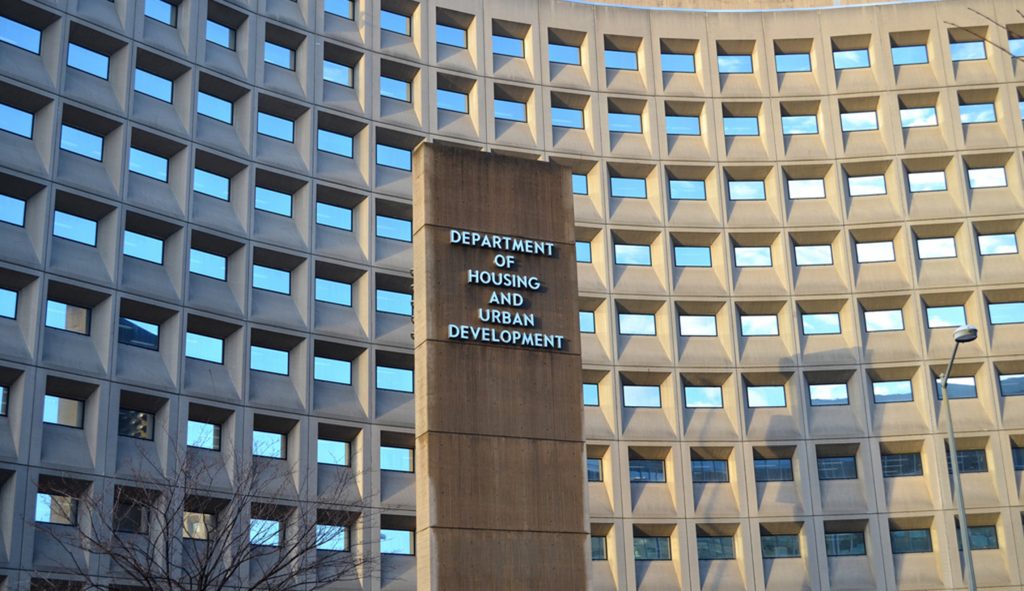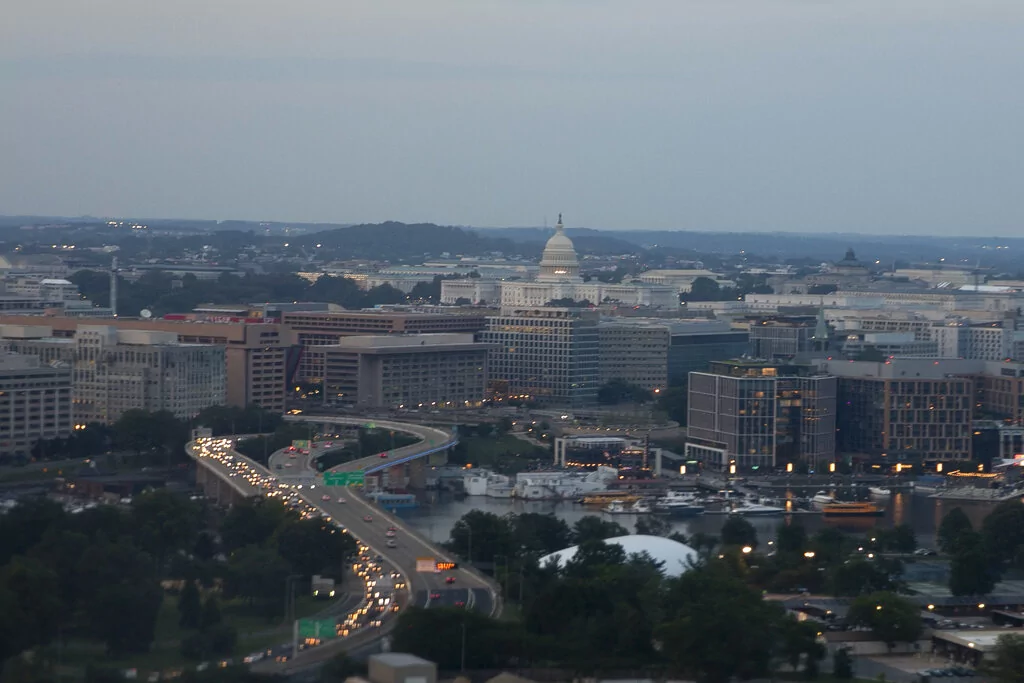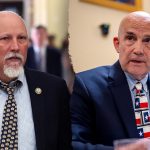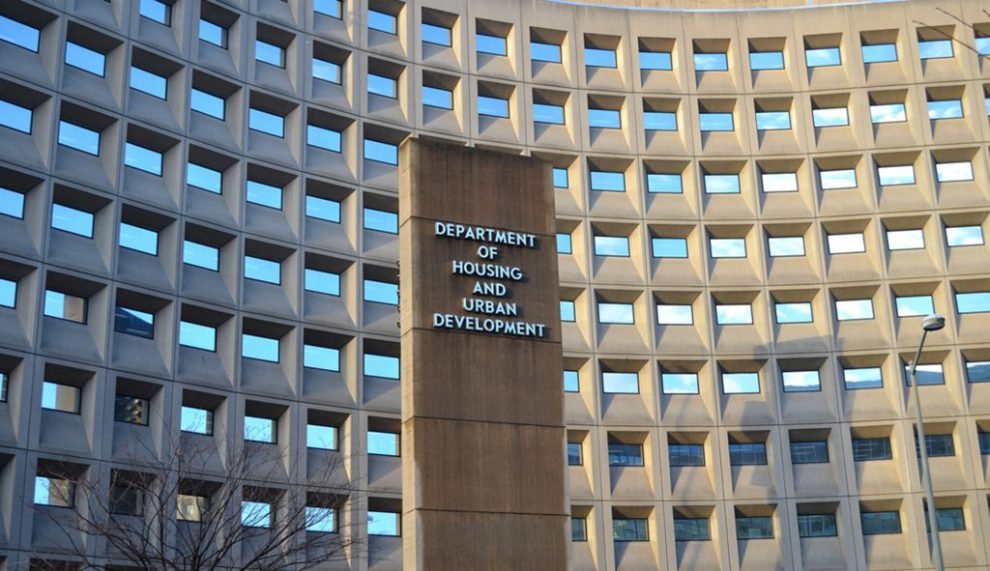Return to work was a key priority for President Donald Trump’s administration, but as federal employees were ordered to return to work in person, the transition has come with hiccups for the nation’s capital. This Washington Examiner series, Back to the Beltway, takes a closer look at the various aspects of the Trump administration’s return-to-work mandate and the challenges it’s ignited in the process.
Part 1: Workers face gaps in DC readiness as back-to-office mandate kicks in

Washington, D.C., has seen a surge in commuters returning to the office, but the federal government’s push for in-person work has also exposed widening gaps left since the workforce went remote during the COVID-19 pandemic.
Return to work was a key priority for Trump‘s administration and the local officials in Washington, D.C. However, as workers returned to the office, there have been many complications, including the state of the offices they returned to.
The Department of Housing and Urban Development’s building, for example, was in a state of disrepair, HUD Secretary Scott Turner told Fox News in an interview. Turner, giving Fox News anchor Bret Baier a tour of the building in Washington, D.C., noted various broken elevators and leaks, among other problems.
Another key issue of returning to work is transportation to the office. Rush-hour traffic on roads in Washington, D.C., has reached near pre-pandemic levels since the return to work for federal employees, and at some workplaces, parking can be hard to come by once they arrive.
Read more from the Washington Examiner.
Part 2: States roll out the red carpet to attract fired federal workers

Many states have come out swinging against the Trump administration’s push to slash the federal bureaucracy.
However, the Department of Government Efficiency’s initiative still holds a silver lining for governors: an opportunity to recruit talent for their states, many of which have thousands of public jobs vacant.
In neighboring Virginia, Gov. Glenn Youngkin (R-VA) launched the Virginia Has Jobs program to help laid-off federal workers find roughly 4,500 open state jobs. Since then, the site has received over 120,000 visits.
And under the leadership of Gov. Wes Moore (D-MD), Maryland launched the Maryland Public Servants Resource Website for workers affected by federal workforce layoffs, which has seen roughly thousands of visitors since the site’s launch. The state has also hosted a series of job fairs in partnership with counties and local leaders, as well as information sessions that have each been attended by hundreds of interested applicants, numbers much larger than the state typically sees.
Read more from the Washington Examiner.
Part 3: Federal layoffs take toll on DC businesses, offsetting boost from telework end

The Trump administration‘s mass firing of federal workers has taken a significant toll on Washington, D.C.’s, economy, largely offsetting benefits from the end of federal telework.
A new survey from the Restaurant Association Metropolitan Washington, released on March 18, illustrates the anxieties and poor conditions many restaurant owners are facing. Roughly 44% of fast-casual restaurants said they expect to close this year due to rising costs, a decline in traffic, and federal layoffs.
Their outlook on 2025 is bleak, with 51% expecting the poor conditions of 2024 to worsen in 2025.
Of those surveyed, 73% anticipated negative effects from the federal layoffs, and 82% anticipated negative effects from Trump’s planned tariffs.
The Washington Examiner spoke with several businesses in downtown Washington, D.C., and the workers gave a mixed reception to recent economic developments. However, all agreed that recent developments hurt their businesses or others familiar to them.
Read more from the Washington Examiner.
























